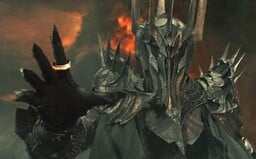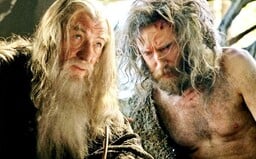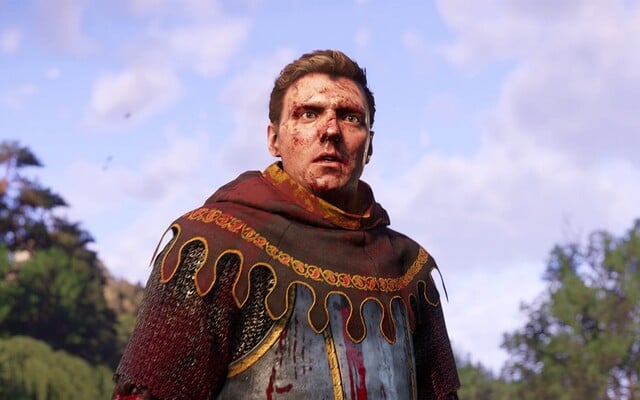 TOP 8 Oscar-winning romantic movies you must watch with your significant other on Valentine's Day
TOP 8 Oscar-winning romantic movies you must watch with your significant other on Valentine's Day
TOP 8 Oscar-winning romantic movies you must watch with your significant other on Valentine's Day
TOP 8 Oscar-winning romantic movies you must watch with your significant other on Valentine's Day
Rings of Power: Why Didn't Gandalf And Saruman Come To Middle-Earth Until The Third Age, And What Happened After LOTR? (Part 4)
In the final article on the history of Middle-earth, we will look at what happened before and after The Hobbit and The Lord of the Rings.
If problems persis, please contact administrator.
Today we conclude a series of articles dealing with the history of Middle-earth and the entire planet Arda, where the stories of the writer J. R. R. Tolkien take place. In the first article, we explained how and who created the planet Valinor and Middle-earth. In the second article, we introduced you to Númenor, the rise of Sauron and the entire Second Age.
In addition, we explained the events of the first three episodes of the series Rings of Power, which takes place in the Second Age. If you are interested in who the mysterious wizard from the heavens is, who is the new leader of the Adar or Halbrand orcs, click here.
Today we will look at the Third and Fourth Ages. Few people know what happened to Middle-earth after Isildur defeated Sauron at the end of the Second Age. The events of the film trilogies The Hobbit and The Lord of the Rings did not begin until several millennia after the beginning of the Third Age. During those millennia, Middle Earth experienced tremendous problems.
Years of the Sun
The Third Age
The Third Age began after the Elven King Gil-galad and the Human King Elendil died in battle with Sauron. However, Isildur was able to defeat him, and subsequently the Last Alliance of Men and Elves in conjunction with the Dwarves destroyed and routed Sauron's army. The mighty beings of the Valar knew that Sauron was still not dead, but they did not want to engage in another battle with evil in Middle-earth.
The arrival of wizards to the Middle-earth
They were afraid that they would ravage the continent again like the last time, when after the war with Morgoth, a large part of the territory of Middle-earth called Beleriand sank. Moreover, Sauron was not as powerful as Morgoth, so the Valar instead sent to Middle-earth five Maiar spirits called Istari, who assumed the form of old wizards so that the people would trust them more.
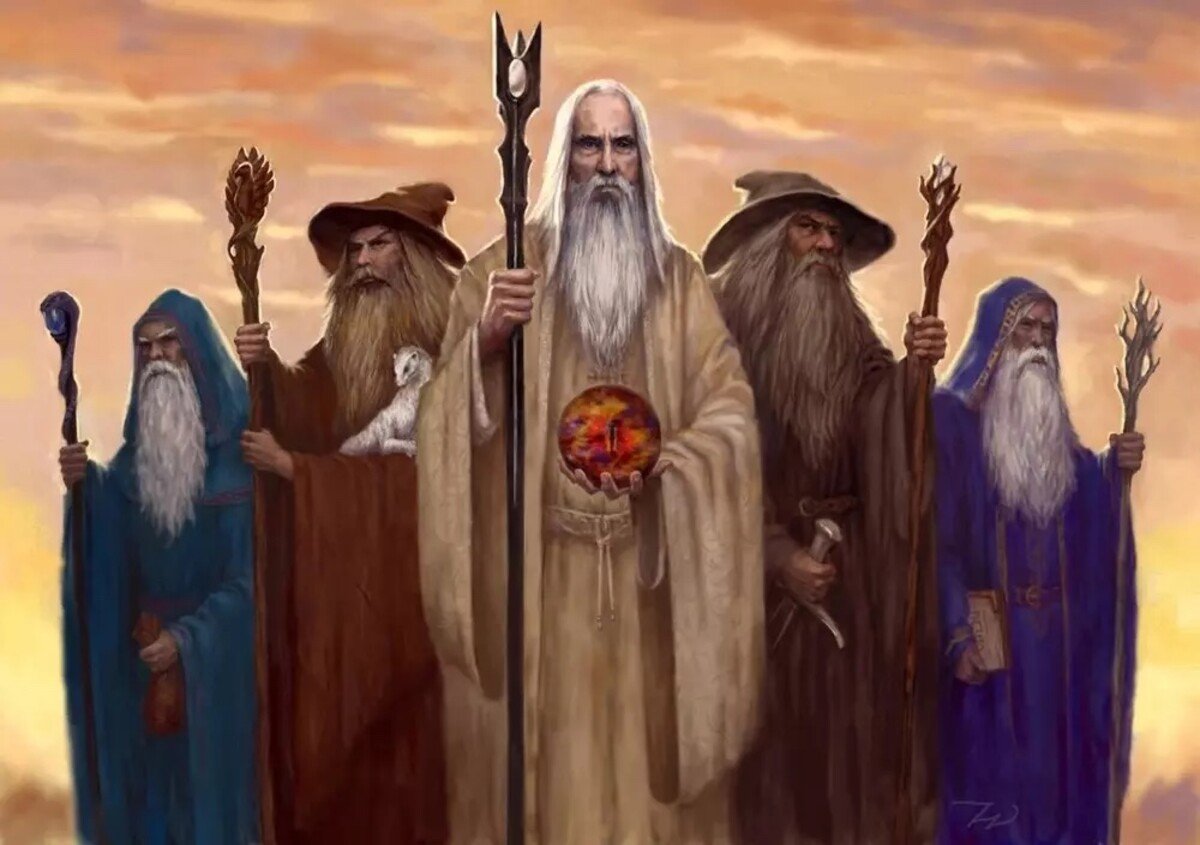
They were Saruman the White, Gandalf the Grey, Radagast the Brown and, last but not least, the couple Pallando and Alatar, also known as the Blue Wizards. They went to the far east and we don't know anything about their fate, but it is possible that all along they tried to influence the people in the east not to help Sauron and thus reduce his influence in this area.
The disintegration of the kingdom of Arnor and the emergence of Rohan
The Shire, where hobbits settled after thousands of years of nomadic life, was also created in the Third Age. Meanwhile, the southerners and the inhabitants of eastern Middle-earth attacked Gondor, while the kingdom of Arnor was divided by its rulers into three smaller kingdoms (Rhudaur, Arthedain, Cardolan).
Each of the three descendants of the deceased king claimed the throne, and because they did not agree, they divided the kingdom into three parts, which later "helped" it to disappear. Gondor barely resisted its enemies, thanks to the help of King Eorl the Young.
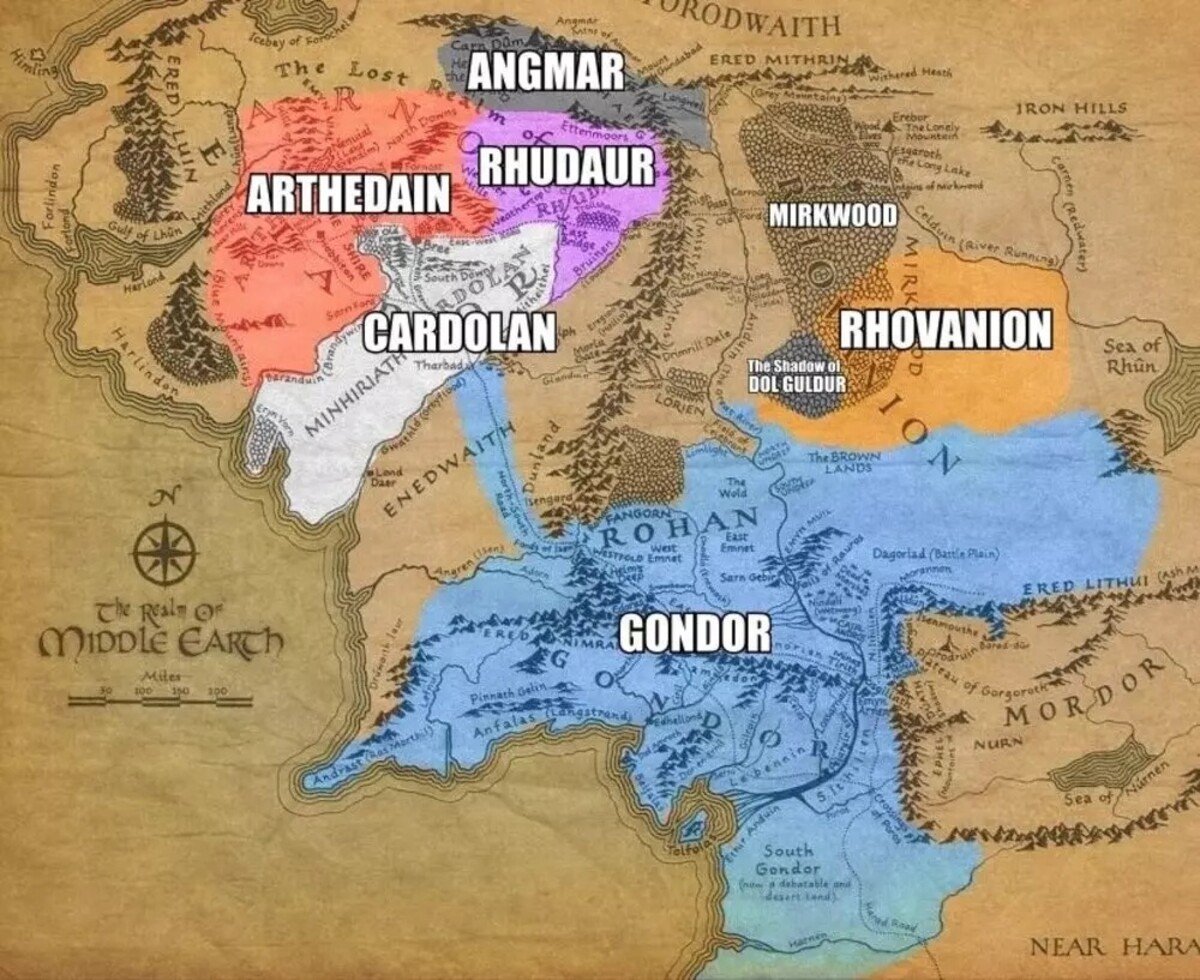
It was he who helped Gondor in the existential battle on the Celebrant Field. Without the help of Eorl and his army of several thousand, Gondor would probably fall, as they attacked it from several sides. The Steward of Gondor, Cirion, gave Eorl the territory north of Gondor. It became the kingdom of Rohan, and the two kingdoms have stuck together and helped each other in wars ever since (director Peter Jackson does a lot of this in The Lord of the Rings).
Sauron was replaced by his right-hand man, the Witch-king of Angmar
A significant villain of the Second Age was The Witch-king of Angmar, the leader of the Nazgûl who ravaged Middle-earth in Sauron's absence. The Kingdom of Arnor didn't just fall by itself. The Wizard of Angmar is responsible for its destruction. However, after the conquest of Arnor, he was driven out by the army of Gondor, the elves of Lindon and the remnants of the warriors of Arnor. However, he managed to achieve his goal.
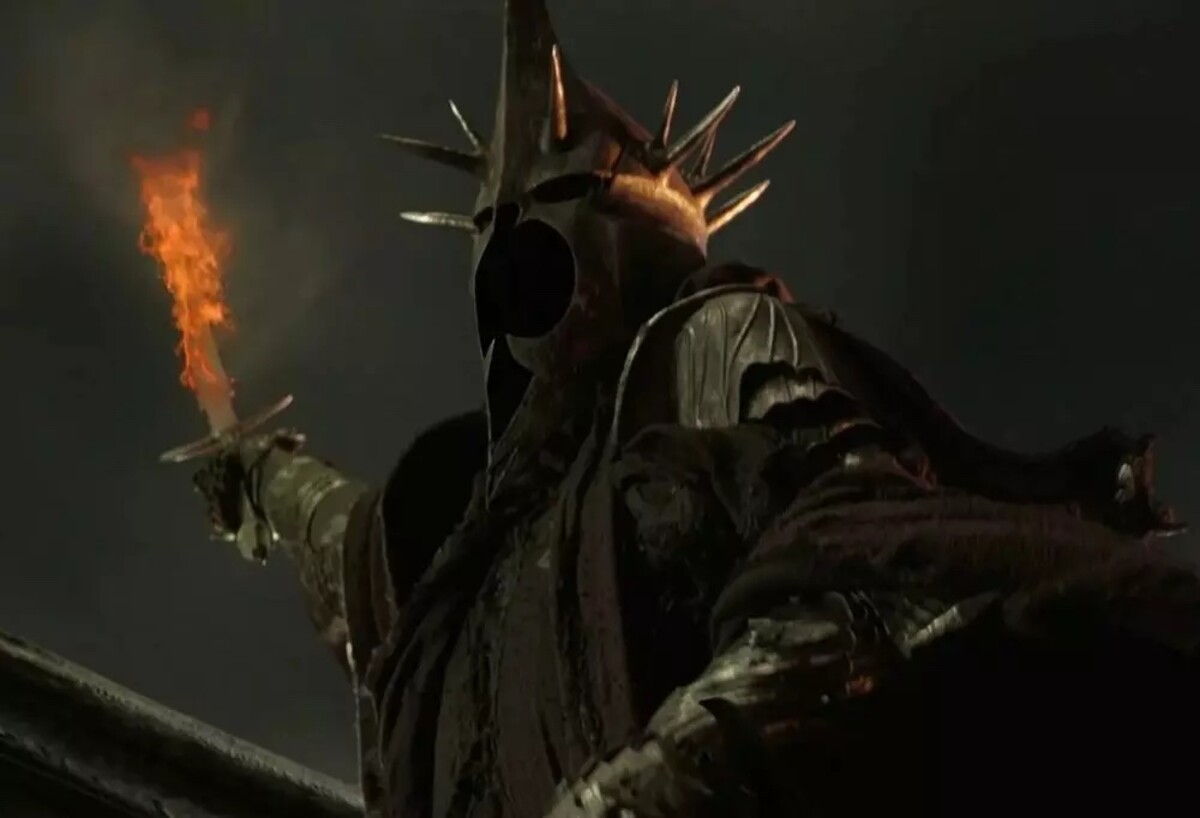
In retaliation, his enemies dispersed his army and destroyed Angmar, but the wizard managed to escape. No one chased him because the high elf Glorfindel said no man would defeat him, which was indeed true, and he was killed by Éowyn.
Even before the War of the Ring from the Lord of the Rings trilogy, he was able to conquer the fortress of Minas Ithil with the Nazgûl and other allies, which he subsequently renamed Minas Morgul. Gondor was then weakened after the attacks of many enemies from the east and south, and the Great Plague also swept through the land.
The Wizard of Angmar later challenged the last king of Gondor, Eärnur, to a duel and killed him (Gondor subsequently had no king for over a thousand years until the events of The Lord of the Rings). You could see what the Wizard of Angmar did next in the Lord of the Rings films by director Peter Jackson.
The events of the Lord of the Rings and The Hobbit film trilogies
If you haven't seen them or don't remember them anymore, we recommend you watch them again, as they tell you everything you need to know about the Third Age and the war against Sauron far better than any text.
Sauron was hiding in the fortress of Dol Guldur at the time. He spun his plans there and launched attacks on Gondor and Arnor from there. Gandalf the Gray suspected that it might be Sauron, so he went to Dol Guldur to find out what was really going on there. However, Sauron managed to escape to Mordor and thus avoid detection.
There was a period of peace without wars (Watchful Peace), but it did not last long. Exactly four hundred years later, Sauron returned to the fortress of Dol Guldur as a Necromancer and prepared further attacks on Middle-earth.
In the Third Age, dwarves also experienced significant events. They became so greedy that they dug too deep in their kingdom of Khazad-dûm and awakened the Balrog (Durin's Bane), a dark being still serving Morgoth. Over the course of the following year, he gradually expelled all of them from their kingdom and killed King Durin VI. with his son Naín I.
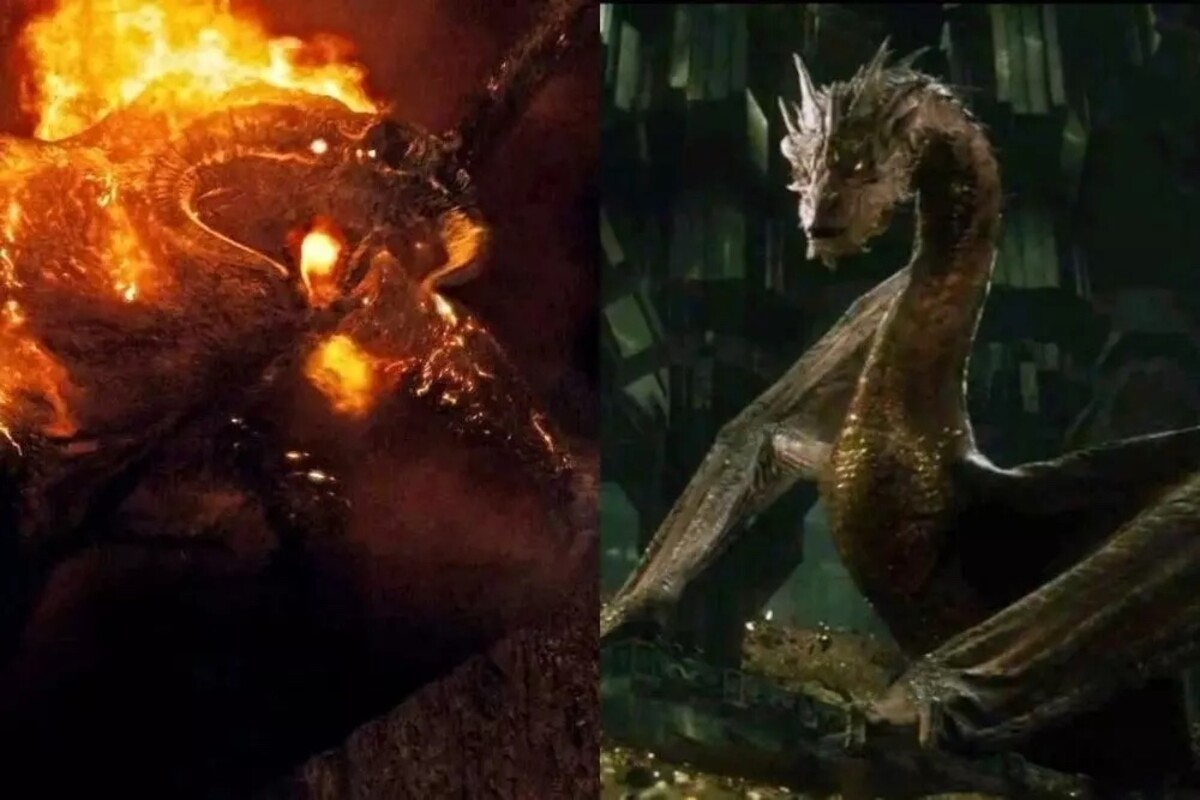
In the Third Age, the kingdom was no longer inhabited by dwarves, but by Balrogs, orcs, and other minions of Sauron. Khazad-dûm was renamed Moria. The dwarves moved to the Gray Mountains, but were driven out by dragons, who killed a large number of dwarves.
They subsequently took refuge in Erebor, a.k.a. The Lonely Mountain, but their collection of jewels and valuables eventually attracted more dragons. Hundreds of years of fighting dragons had worn them down, but in the end they had to face Smaug himself, the last great dragon of Middle-earth. How it all ended, you know well if you've seen the Hobbit film trilogy.
The dwarves could not stand up to Smaug even because of the long-lasting war with the abominations. It was caused by the abominations when they killed the dwarven king Thror (grandfather of Thorin, leader of the dwarves from the Hobbit films). In the end, the dwarves won the war and in the final battle they also killed Azok (in the movies only Thorin survived this battle and killed him, making Peter Jackson once again a significant departure from the books). However, the war with the orcs deprived them of half of the entire population.
One of the most interesting changes in the Lord of the Rings trilogy compared to the books is the fate of Saruman. In the books, he still lived after his defeat in the Iron Pass (Isengard) and even got to The Shire, where he led gangster groups and was only killed by his assistant Gríma Wormtongue after he was defeated this time by hobbits led by Frodo.
He is also killed by Gríma in the film, but already at the top of the Orthanc tower in Isengard. Director Peter Jackson did not include her in the theatrical cut of The Lord of the Rings: The Return of the King. Actor Christopher Lee, who played Saruman, was so angry that he missed the film's premiere. The scene eventually made it into the director's cut of the film.
The Third Age ended with the defeat of Sauron and Saruman, as well as the departure of most of the Elves to Valinor. Gandalf, Elrond, Galadriel, Bilbo and Frodo were also married there, which we see in the emotional scene at the end of The Lord of the Rings: The Return of the King.
The Fourth Age
Evil has more or less disappeared from Middle-earth after the Third Age. However, the history of the continent continued with other important events. Gimli and Legolas led their people in new homes, while Aragorn restored the kingdom of Arnor and stretched the borders of Gondor.
Aragorn died 122 years after taking the throne. His son Eldarion became the new king of men. Aragorn's wife Arwen died of grief shortly after his death in Lothlórien. Aragorn was buried alongside his friends Merry and Pippin in Gondor.
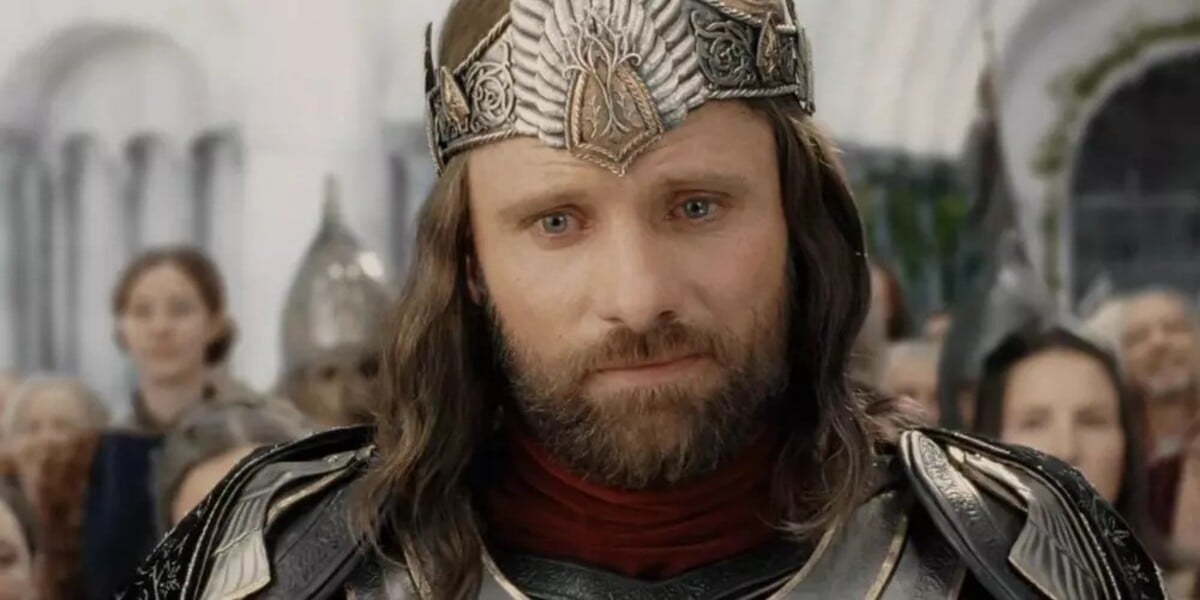
Sam went to Valinor after his wife's death as the last bearer of the Ring of Power and met Frodo and his other friends. Eldarion ruled the human kingdoms for many years, and Middle-earth experienced peaceful times.
The elves who remained in Middle-earth began to hide in the forests and live apart from everyone else. Over time, like the dwarves, they became a myth among the people.
Here you will find great interactive maps of the entire planet Arda and Middle-earth, thanks to which you can see important historical events vividly displayed and get an overview of where the individual kingdoms and territories of dwarves, monsters, humans or elves are located.
If problems persis, please contact administrator.

